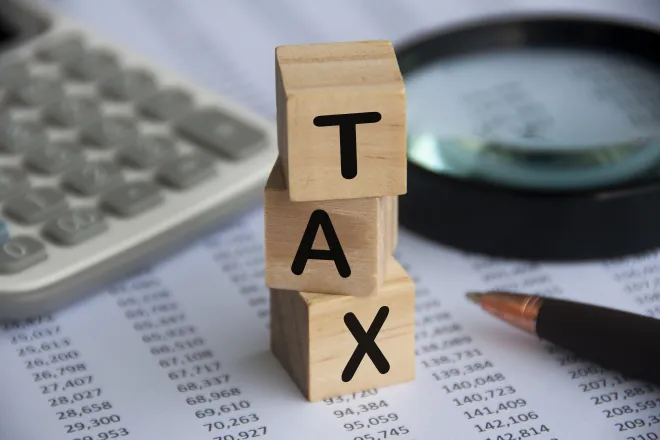
Colorado’s economy shows strong growth but faces headwinds, state forecasts say
(The Center Square) – Colorado’s economy has shown strong growth but continues to face headwinds due to ongoing supply chain disruptions, according to state economic forecasts.
The Office of State Planning and Budget’s (OSPB) forecast, which was released Friday, projected employment in industries like food service and hospitality to lag behind employment growth in retail and warehousing as wages continue to rise.
It also said it expects inflation to remain elevated next year as “upward pressure from supply chain issues subsides but is partially replaced by rent inflation.”
Despite these factors, the OSPB forecasted that the state’s general fund revenues will increase by 12.2 percent to $16 billion next year with a moderate gross domestic product (GDP) growth rate of 2 percent. In 2023, the OSPB said GDP growth will rise to 3.4 percent.
Governor Jared Polis described the forecast as evidence of “a robust recovery.”
The Legislative Council Staff (LCS), a nonpartisan arm of the General Assembly, also released its forecast Friday, which said taxpayers can expect to receive an additional refund from the state next year.
LCS projected that general fund revenue will grow by 11.7 percent, and the fund will end up $1.85 billion above its statutory reserve limit. Colorado’s Taxpayer's Bill of Rights requires the state to refund any revenue the state collects above its statutory cap.
However, it noted that a change in the state’s cash fund revenue could impact the total refund amount.
The state's cash fund revenue is expected to grow by 8.7 percent next year before moderating in the next two consecutive years. LCS said this growth will be driven by “improvements in crude oil and natural gas prices, increased travel activity, and improved casino traffic.”
LCS also projected that tax collections will “nearly recover” to pre-pandemic levels by the end of the the 2021 fiscal year.

















